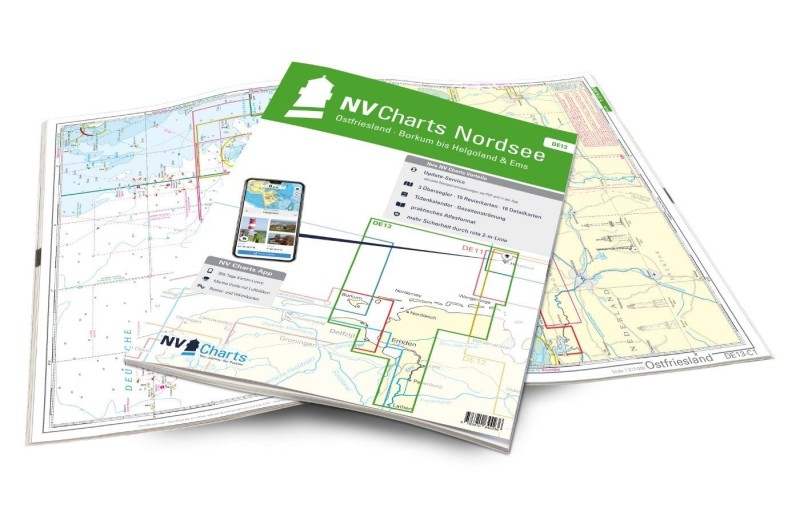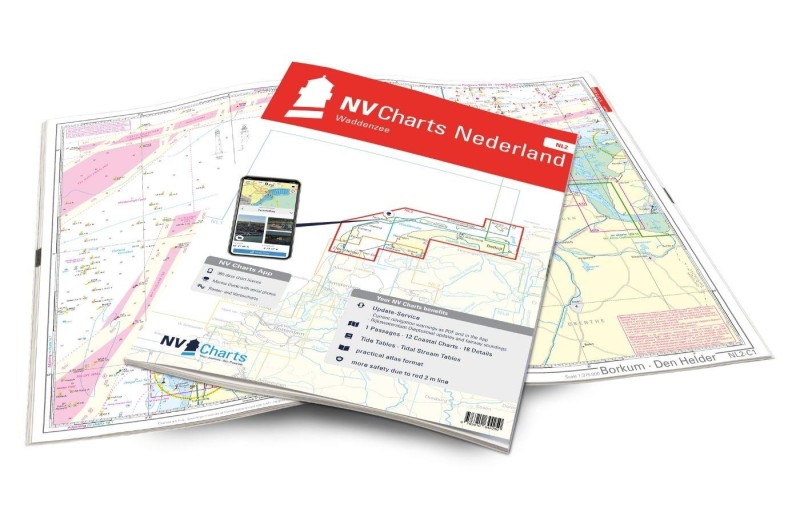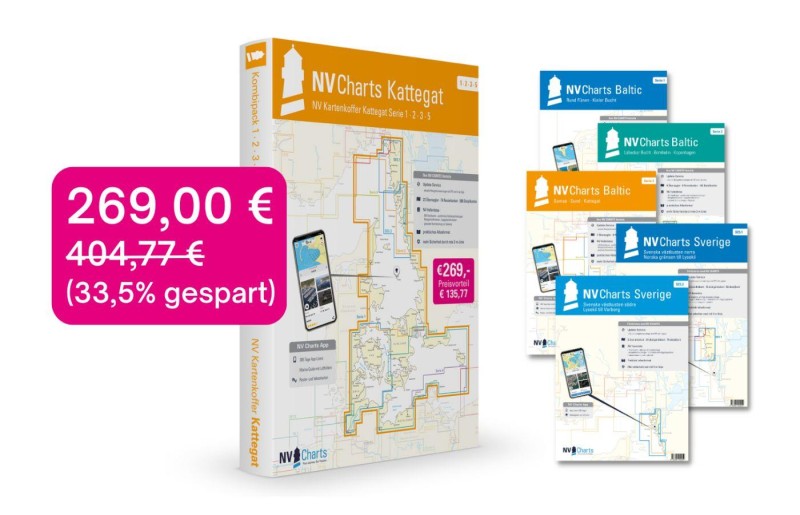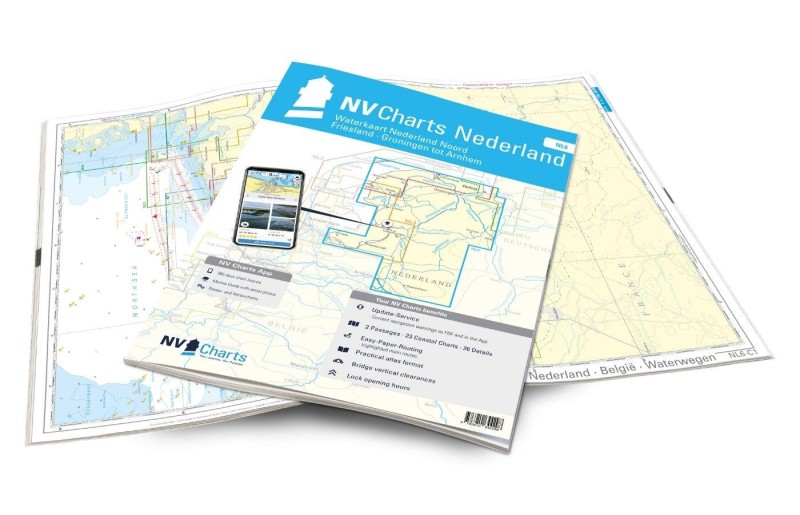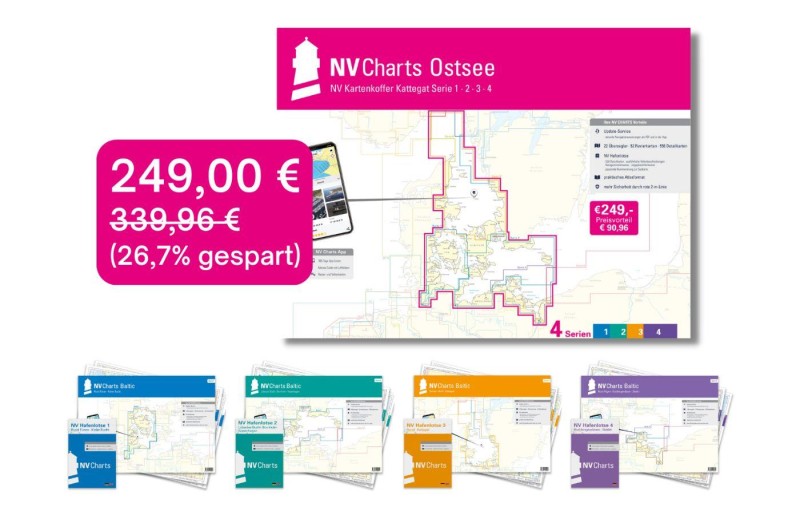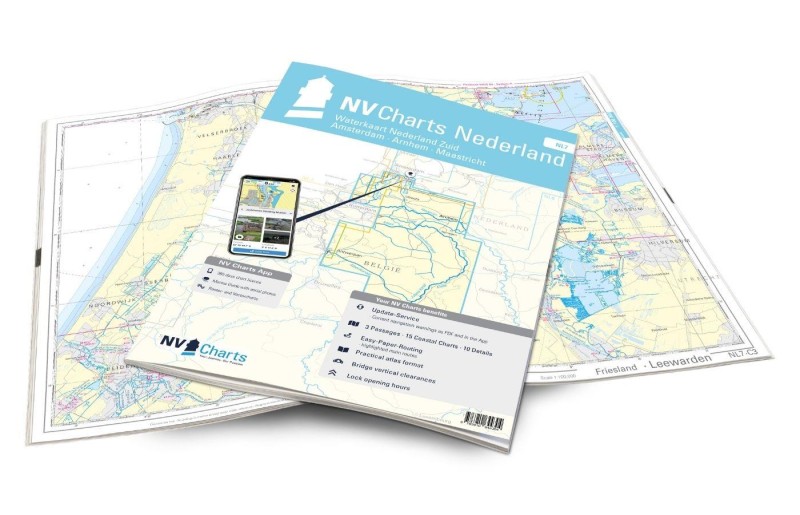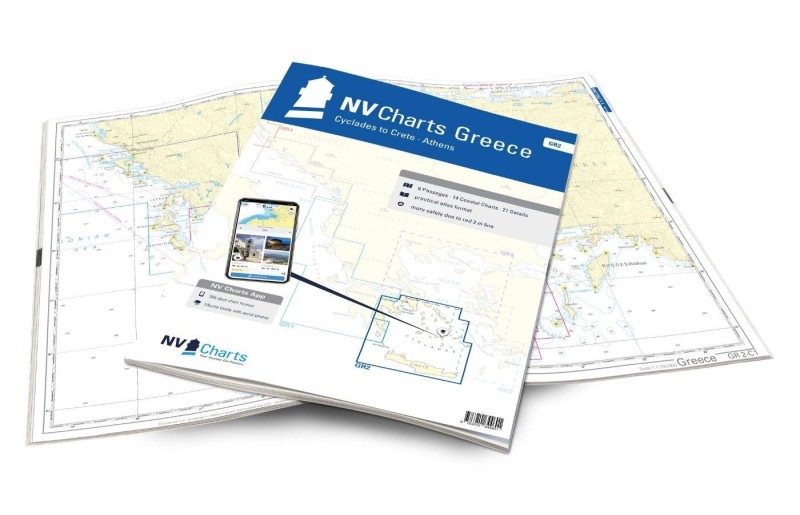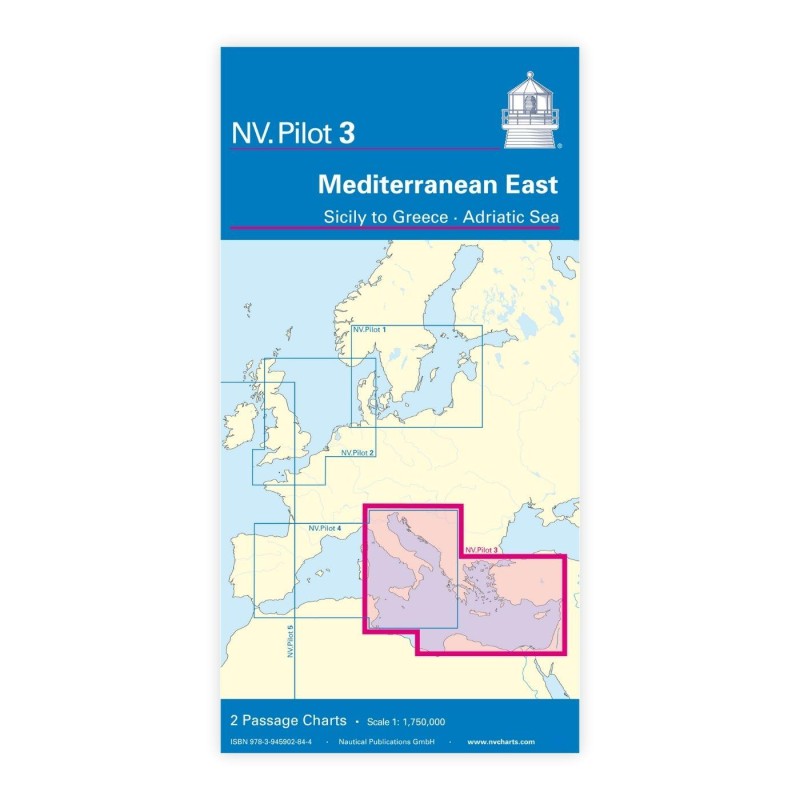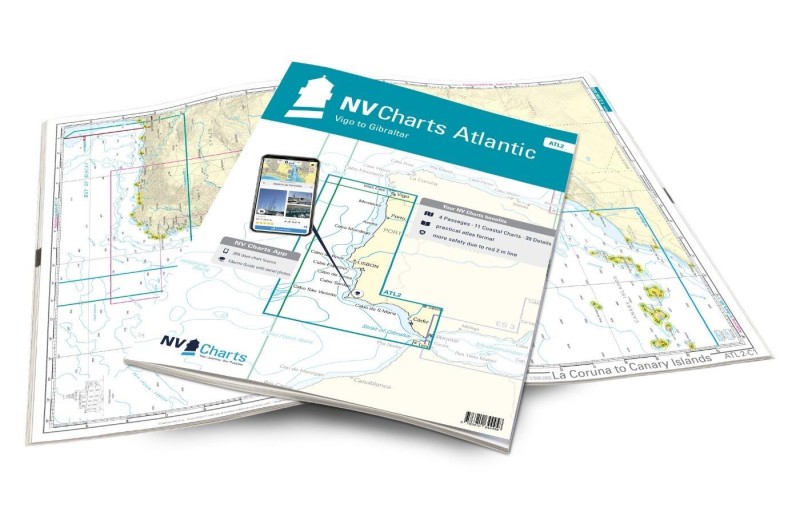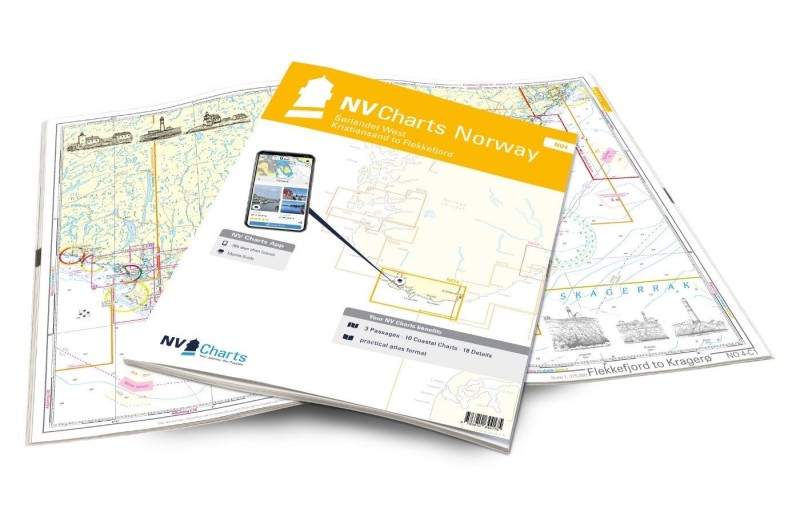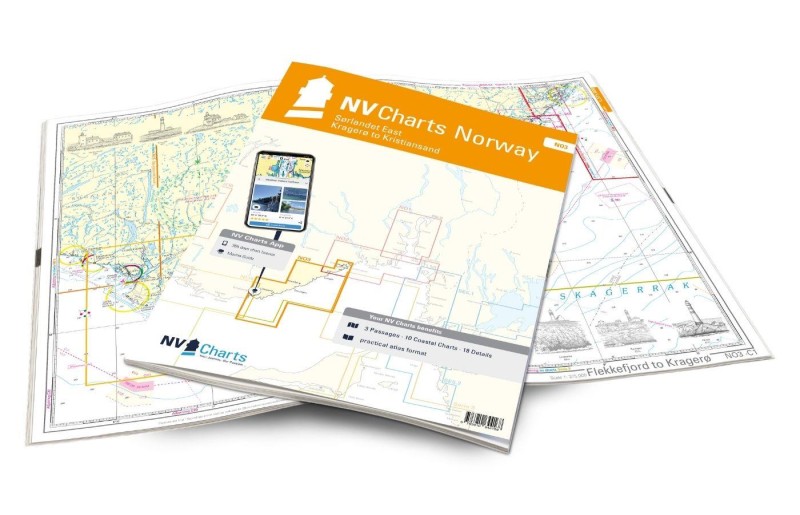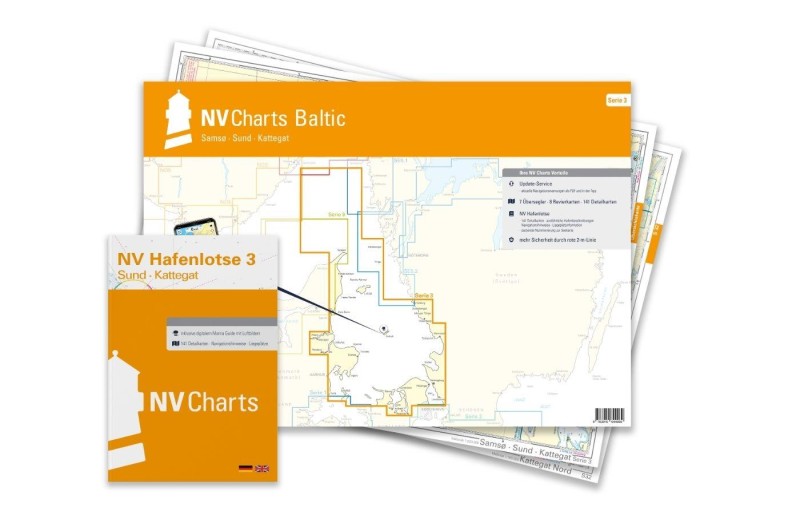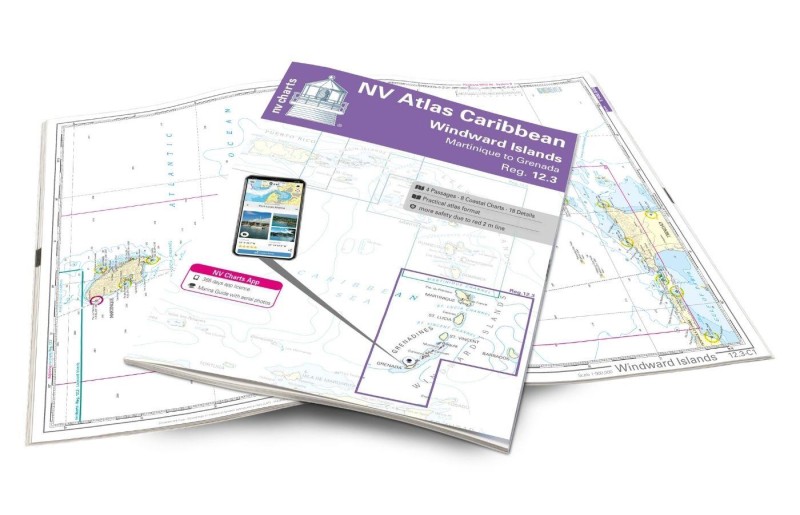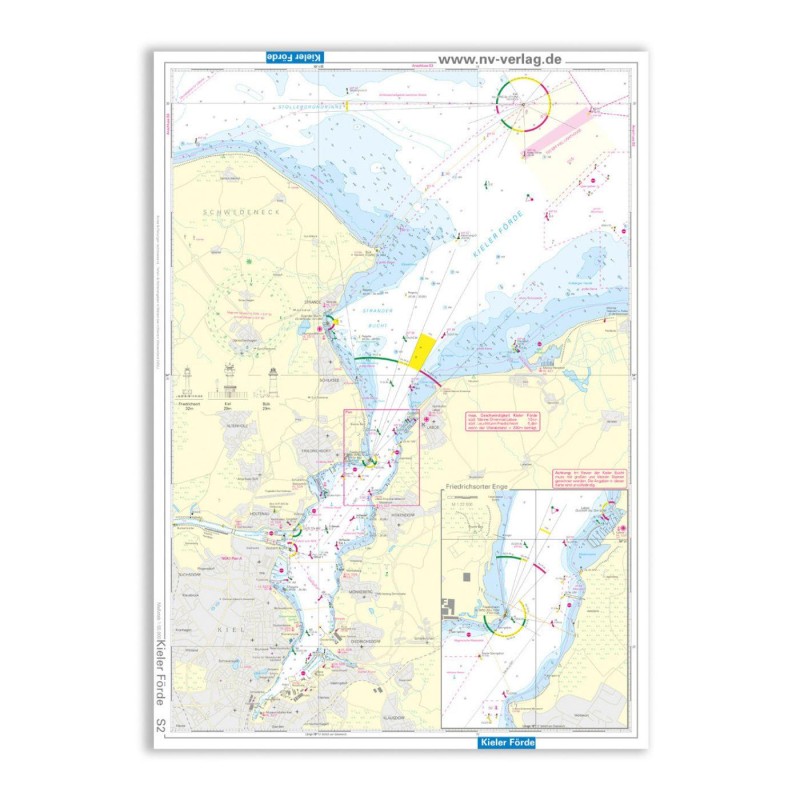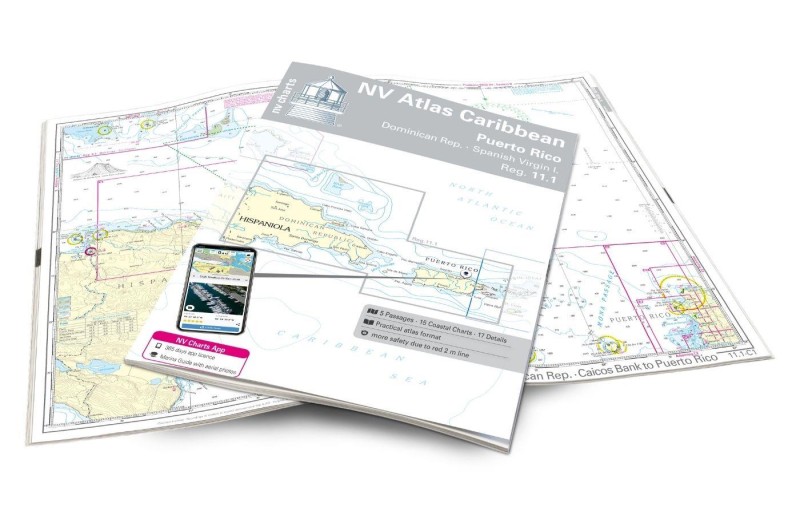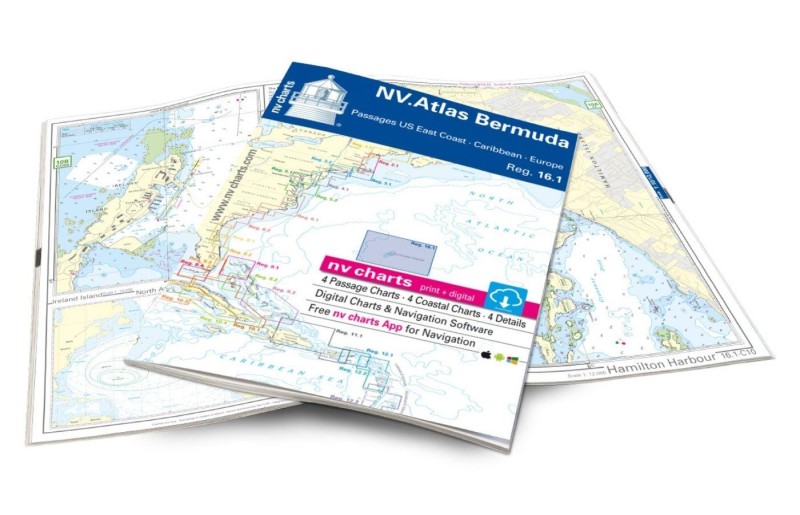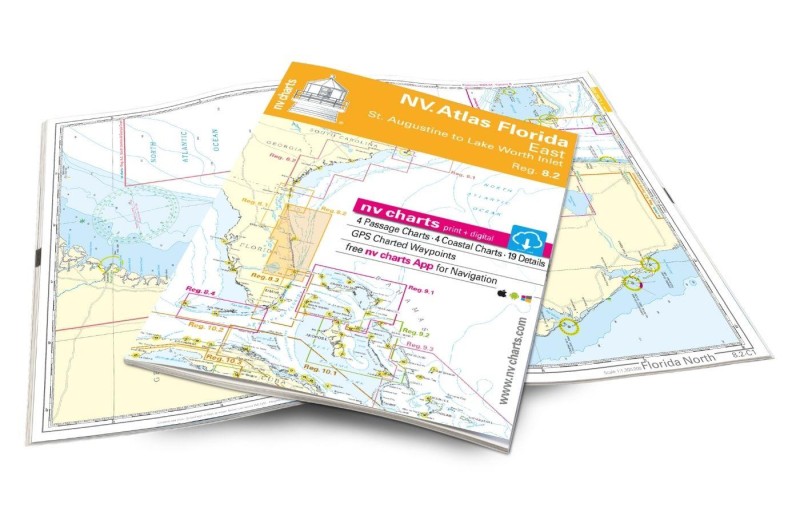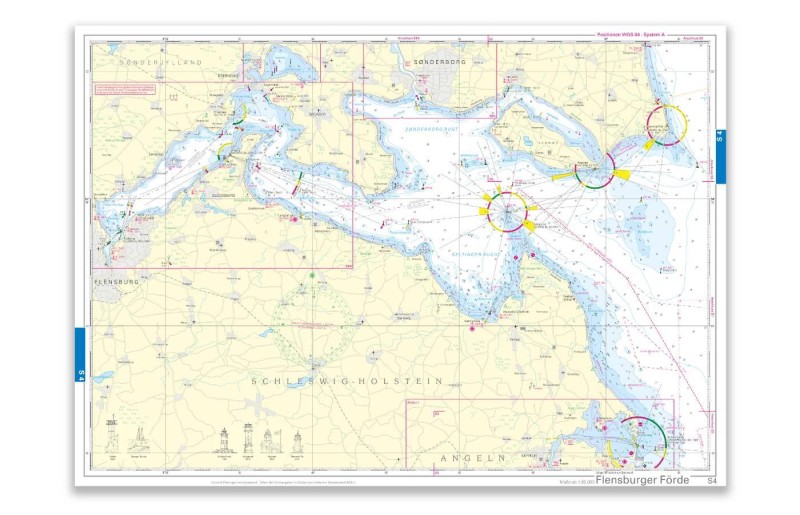Stralsund Citymarina
Marina near Stralsund (Hafeninsel)
Latitude
54° 19’ 3” NLongitude
13° 5’ 45.2” EDescription
Old port and Hanseatic city on the western shore of the Strelasund
NV Cruising Guide
Navigation
The approach is possible day and night via the well buoyed and lighted Strelasund fairway. The Ziegelgrabenbrücke bridge in the south of the seaport is open at fixed times. There are 5 dolphins each to the north and south of the Ziegelgrabenbrücke as waiting berths. Pleasure craft coming from the north are recommended to pass between the central and eastern jetties from buoy 54 at 180°.
Opening times Ziegelgraben bascule bridge:
daily. 05:20 - 08:20 - 12:20 - 15:20 - 17:20 - 21:30, keep a minimum distance of 100m to the bridge until the release signal
Stralsund Traffic VHF channel 67
Stralsund Port: VHF channel 11
and +49 3831 299662 or
+49 179 9808631
Berths
In the Citymarina Stralsund (Nordmole) on floating jetties or directly on the pier in the packet. The water depths are 1.3 - 3.5 m.
If you arrive outside the harbor master's opening hours, you can get the chip card required for electricity and toilets in the nearby restaurant "Zur Fähre".
Surroundings
The supply options in the city itself are good and the old Hanseatic city has many sights to offer, including the German Maritime Museum, the Ozeaneum and the House of the Maritime Company.
Fuel can be found in front of the bascule bridge of the transverse canal.
There are plenty of restaurants and cafés along the harbor and in the picturesque old town.
The city itself has many sights to offer, including the German Maritime Museum, the Ozeaneum and the House of the Maritime Company.
NV Land Guide
Today's townscape is still characterized by the monumental Gothic buildings visible from afar from the water. The city boasts over 40 cultural and historical monuments, including cathedrals and monastery churches.
Shortly after reunification, Stralsund was home to excellently maintained medieval architecture on the one hand and neglected old buildings on the other. Today, the city has put its architectural treasures of past centuries in the best possible light: Here is an attractively renovated gabled house, there is the exemplarily renovated façade of an old warehouse. Since 2002, the historic old town of Stralsund, together with Wismar, has been on the UNESCO World Heritage List.
The important role of the city in its heyday, when it was part of the Wendish Hanseatic League, can be seen from the fact that it was the site of negotiations between the Hanseatic League and Denmark at the "Peace of Stralsund" in 1370. And the significance of the preserved parts of the old town can be appreciated after a historical excursion to the cultural history museum. We therefore recommend a visit to the museum as an appetizer, a tour of the town as the main course and a visit to selected sights as dessert.
First, let's start with the appetizer on the corner of Mönch-Straße and Katharinenberg, where you will learn that Prince Jaromar II of Rügen had a hand in the founding of the town. He donated a plot of land to Dominican monks on what is now the western edge of Stralsund's old town and paid for the construction of an initially modest monastery complex, which grew more and more as the power and wealth of the Black Monks increased. In contrast, the Franciscans who later settled on the outskirts of the town were known as the "Grey Monks". While the "Blacks" from St. Catherine's Monastery had a strong influence on science and politics, the "Greys" from St. John's Monastery took a closer look at the biblical word of charity. They devoted themselves above all to caring for the poor and the sick. In 1234, Prince Witzlaw I issued what is now the town's oldest document: The town charter. After Stralsund joined the Hanseatic League (1293), whose fleet had attacked Stralsund 50 years earlier, the church had to take a back seat in favor of the merchant class. Nevertheless, there was something of an alliance of convenience between the two. However, the Reformation threw a spanner in the works for the monks in 1525, the Catholics fled and the monasteries became the property of the town. Shortly afterwards, the town council allowed the Birgitine nuns to live in St. Catherine's Monastery. In 1560, the three parishes of St. Nikolai, St. Jacobi and St. Marien became schools and orphanages.
In 1628, imperial troops under Albrecht von Wallenstein besieged the city. Fearing a victory for Wallenstein, Mayor Lambert Steinwich concluded an alliance agreement with the Swedes. The Swedish king Gustav Adolf II came, saw, won and was celebrated. But the people of Stralsund were soon to feel the transformation of their liberators into exploiters. The decline of the Hanseatic League had already severely weakened Stralsund's economic position. The hinterland granted to the Swedes in the Peace of Westphalia was too small to provide any economic impetus. Stralsund's star sank in the 18th century. Swedish rule lasted until the beginning of 1800. Napoleon's troops marched into Stralsund in 1807. For a short time, Major Ferdinand von Schill was able to liberate the town, but he fell when Napoleon's troops approached again and defeated his army of freedom fighters. Today, there is a stone slab with his name on the spot where the bullet struck him down in Fährstraße. His death mask is kept in the museum and in Sarnowstraße he stands cast in bronze with his sabre drawn.
After his death, the major became one of the most popular men in the German fight for freedom because he not only proclaimed military victory over the French, but also demanded liberation from feudal conditions. This linked him to the spokesman for German unity Ernst Moritz Arndt, who was born in Groß Schoritz on Rügen and whose writings and books are on display in the Stralsund Museum.
While Stralsund was already a powerful maritime trading town in Hanseatic times, the museum documents that the fleet of Stralsund ships reached its highest number in 1878 with 219 seagoing vessels. Visitors can find out even more about the great age of sailing in the House of the Shipping Company. The building at Frankestraße 9 with its classicist gable contains numerous ship models. The captains of the galleasses, barques and full-rigged ships once sat in the meeting room and (after often years at sea) embellished their tales of the great voyage with real and invented adventures.
In the sumptuous living rooms, the figureheads of a new lifestyle, hung the captain's paintings. Most of them were painted by sailors who wanted a faithful reproduction of the ships. The captain's paintings in the museum bear witness to this pronounced love of detail. Paintings by Caspar David Friedrich, Friedrich Preller, Elisabeth Büchsel and many other well-known artists can also be seen here. Traditional costumes, furniture and doll's houses are just some of the other exhibits.
Who knows exactly what a faceted axe, a stilt house urn or a hanging basin with a swirl ornament is? In any case, we won't tell you and refer you to the museum's prehistoric and early history exhibition, which features a range of fascinating pieces, from pre-Christian stone tools to Bronze and Iron Age finds. The area around Stralsund is a veritable treasure trove for historians. The museum holds the unimaginable number of 50,000 finds. Many other sites are known but have not yet been examined in detail.
Time is turned back many thousands of years in the museum. All those who made a name for themselves between Cape Arkona, Wismar and Szczecin before the Common Era or in the first millennium after - the Germanic tribes, the Slavs, the Vikings. To stay with the aforementioned: Large parts of the Germanic population left this coastal area in the 4th century. There was no war with the Slavs who followed; in a peaceful process, the Slavs absorbed the remaining Germanic tribes into their ranks. In view of the frequent military conflicts, this is an event worth mentioning, especially as the Danes and later the German and Polish princes inflicted heavy damage on the Slavs in numerous battles.
It was particularly the Slavic tribe of the Rans who built up a maritime trading center on Rügen, which was hardly inferior to the later Haithabu of the Vikings on the Schlei (see Ralswiek). This is proven by the remains of three large Slavic boats and impressive gold finds. The Slavs received the gold in exchange for amber, among other things. The "gold of the sea" was highly prized in Central Europe.
Compared to the clumsy cog, the slender Slavic boats were the purest of regatta ships. But the belly of the bulky ships could hold many times more cargo. According to the presumed motto of the merchants that more is more, the bulky merchant ship began its triumphal march. As early as 1276, Stralsund was granted permission to set up its own stands at the trading centers in Skåne (see also Skanør). This is followed by branches in Norway. A good 100 years later, the town already had 20 shipyards where the cogs were built. The "boatmakers" became the uncrowned kings of the city. The cog is emblazoned on the city seal of those days, which can be seen in the museum. So much for the museum and the history of the town, which was once located on an island and only became Prussian in 1815.
We have already seen St. Catherine's Monastery as the home of Stralsund's museums. Founded by the Dominicans in 1251, the complex not only houses the aforementioned cultural history museum, but also the maritime museum. It boasts one of Europe's largest aquariums for tropical fish. Two of the exhibition themes are "The sea as a habitat" and "Fishing".
An outstanding Gothic brick building (first construction phase: 13th century) is the town hall on the market square with its impressive façade. It is also considered one of the most beautiful secular buildings of northern German brick Gothic architecture. The Nikolaikirche, built around 1300 next to the town hall, is said to have similar qualities, with its panel painting and other art treasures, including the astronomical clock from 1394. And even the town hall is not all that glitters on the outside. An impressive passageway leads through the middle of the Gothic building. To the right and left of the passage, a gallery is supported by columns. A few meters away from the town hall passageway, the city coat of arms from the Swedish era hangs on the west portal of the town hall.
The historic houses on the Alter Markt are densely packed against the mighty St. Nicholas Church and almost look as if they have been seeking shelter from the city planners all these years. Incidentally, despite having two towers, the Nikolaikirche only has one spire because both spires burnt down in 1662, but when it was rebuilt in 1667 there were only enough funds for a new baroque dome.
You don't have to look far for stylistic inconsistencies on the market square either, which is by no means just the fault of the SED era. The break in style on the façade of the Wulflamhaus, Alter Markt 5, has already made history. The upper part of the front dates back to the 15th century, while the substructure is visible from 1928.
The St. John's Monastery north of Alter Markt on Schillstraße, which was hit by bombs in 1945, is intended as a memorial to the senselessness of war. The complex, which also serves as a venue for concerts, is open to visitors on certain days. The forecourts of the St. Johannis monastery are also worth seeing.
Only a few of the corridors that can be found in Lübeck still exist in Stralsund. The Wichmannsgang is one of them. It leads to the Wiekhaus on Frankenwall, built around 1300 as a shell tower (a defensive structure open to the city side) and later converted into a tower. The poorhouses and "social housing" of the Middle Ages were located around the tower. The row of houses on the south side of Neuer Markt near St. Mary's Church gives an idea of what the buildings here looked like. One example of the city's warehouses is Böttcherstraße 23, now a gallery. A restored representative of Gothic town houses is the building at Frankestraße 29.
House no. 22 is exemplary of the oriels (or "Utluchten") that were once typical. Some of the characteristic gabled houses can still be found between Neuer Markt and Alter Markt, especially in Mönchstraße, Ossenreyerstraße and Mühlenstraße. The gabled houses in Fährstraße are also worth seeing. The important scientist Carl Wilhelm Scheele, the discoverer of oxygen and nitrogen, was born here in house number 13. The reconstructed hallway of the house at Fährstraße 24 shows how people once lived in the gabled houses.
On the way through Mönchstraße, we recommend a detour to Heiliggeiststraße to the Kütertor gate built in 1446. The single-storey half-timbered house next to the western city gate was once home to the gate clerk, who monitored the movement of goods and people in the Middle Ages.
The most important building in Mühlenstraße is Kampinsche Hof, built in 1257 and the town residence of Neuenkamp Monastery, now known as Franzburg. The house with its remarkable portals was later a Swedish military warehouse and salt store. This is why it is still referred to as "Solthoff" today.
A section of the town wall was rebuilt at Knieper Wall, giving an idea of the effort that was made in the 13th and 14th centuries to defend against attacks. Town gates such as the Knieper Gate were the only loopholes. Stralsund's island location alone made it difficult to conquer. The surrounding bodies of water - the Frankenteich, the Knieperteich, the Moor Pond and the Binnenwasser - offered protection from enemies. Today, the Knieperteich with its water fountain is a recreational area for the people of Stralsund, not to mention the "white bridges".
At the seaport, the red building of the port authority is worth seeing, a well-preserved, tower-like brick building that was erected in 1910 as a royal pilot station. The substructure was built as early as 1840 as part of a weir system.
In 2008, the Ozeaneum was founded at Hansakai, a maritime museum with numerous special exhibitions, which is really worth seeing and has already been named European Museum of the Year 2010. A visit to what is probably the oldest harbor pub in Europe, "Zur Fähre", or the "Wallenstein Days" in July should also not be missed.
Marina Information
| Max Depth | 4 m |
| Berth Width | 5 m |
| Berth Length | 18 m |
Contact
| Phone | +49 38 31 44 49 78 |
| Please enable Javascript to read | |
| Website | https://www.citymarina-stralsund.de |
Surroundings
Electricity
Water
Toilet
Shower
Restaurant
Imbiss
Crane
Atm
Fuel
Grocery
Public Transport
Garbage
Comments
You can add comments with the NV Charts App (Windows - iOS - Android - Mac OSX).
You can download the current version at nvcharts.com/app.
Buy nv charts covering this place Clicking one of the products will open the nv charts shop.
Places nearby
Related Regions
This location is included in the following regions of the BoatView harbour guide:

